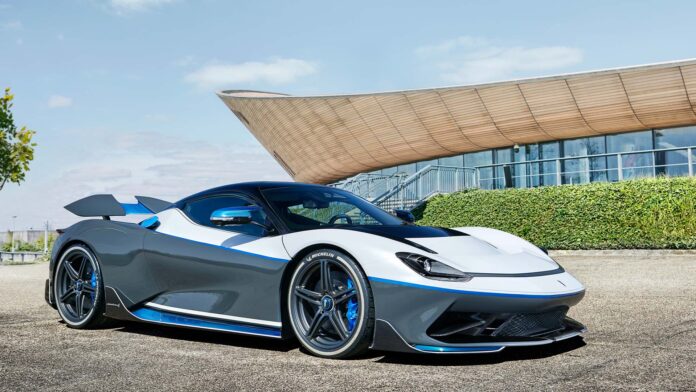At present, the transportation sector is in a state of flux, struggling to address the twin conundrums of environmentally sustainable and energy-efficient operations. Electric and Hybrid Vehicles (EVs) have been identified as potential solutions to these challenges, prompting an important discussion: Are EVs and HEVs the way of the future? To gain a better understanding of this issue, it is essential to examine the current status of EVs and HEVs, as well as the benefits they offer.
Electric vehicles have seen considerable progress in recent years, particularly in the field of battery technology. EVs are equipped with large battery packs that store electricity, resulting in a decrease in tailpipe emissions, as well as a reduction in overall transportation carbon footprint. As a result, EVs offer longer range, more frequent charging, and more competitive pricing. This has led to an increase in the number of electric cars being used by both consumers and the automotive industry.
Hybrid vehicles are a type of vehicle that combine the power of a traditional internal combustion engine with the power of an electric motor, resulting in a more fuel-efficient vehicle and a decrease in emissions. Although they are not as environmentally friendly as electric vehicles, Hybrid Electric Vehicles (HEVs) provide a bridge between traditional and electric vehicles, making the shift to a greener form of transportation more accessible to many consumers.
The environmental impact of EVs and hybrid vehicles is particularly compelling, as the world is facing the devastating effects of climate change due to the combustion of fossil fuels. EV and HEV adoption is driven by government incentives and stringent emissions regulations, as well as the rapid advancement of charging infrastructure, which allows electric vehicles to be recharged at home, thus reducing range anxiety.
Another driver of EV and hybrid adoption is the growing affordability and availability. As technology improves, economies of scale drive down EV and HEV prices, and tax incentives and rebates in many countries make them more affordable for a wider variety of consumers.
Battery production and disposal raises environmental concerns. EVs’ reliance on electricity also means their environmental footprint is tied to the electricity source, which in some regions can still come from fossil fuels.
Infrastructure development, including charging stations and network upgrades, continues to be a priority for EV adoption. Some consumers still have concerns about EV range and charging times, though these are improving.
All in all, EV and hybrid adoption has made significant strides and will continue to play a major role in shaping the future of mobility. The environmental advantages, cutting-edge technology, and increasing affordability make EVs and HEVs increasingly attractive to both consumers and governments.
The transition of electric and hybrid vehicles to become the primary form of transportation will be contingent upon the development of new technologies, the establishment of infrastructure, and the global effort to mitigate climate change. It is likely that electric and hybrid vehicles will be the predominant form of transportation in the future, however, it may take some time to realize their full potential.
By: Fardeen Arafat Nihaal
Write and Win: Participate in Creative writing Contest & International Essay Contest and win fabulous prizes.















